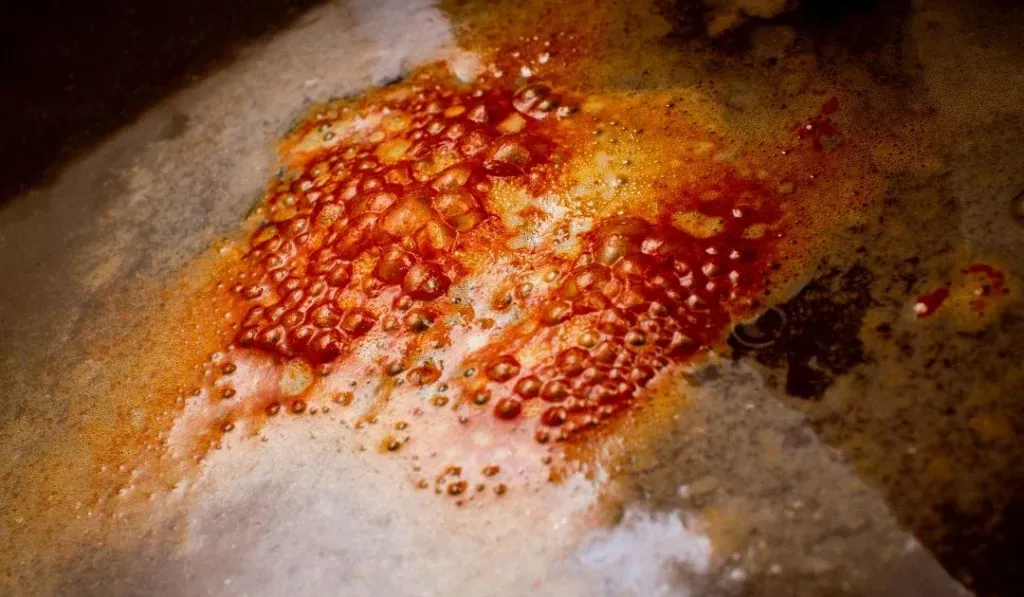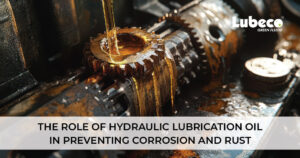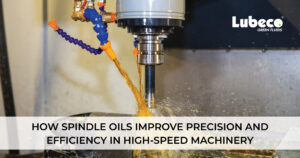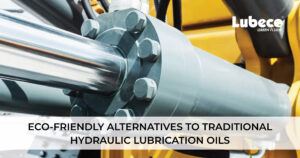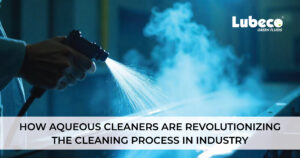Introduction:
Rust, the bane of metal surfaces, can lead to unsightly stains, corrosion, and structural damage. Fortunately, rust removers serve as invaluable allies in the battle against this relentless enemy. In this comprehensive blog, we will explore the fundamentals of rust removers, including their composition, working mechanisms, and diverse applications across various industries. Whether you are a DIY enthusiast or a professional seeking effective solutions, understanding rust removers will empower you to restore and protect your metal belongings with confidence.
The Basics of Rust:
Before delving into rust removers, let us grasp the fundamental nature of rust itself. Rust, scientifically known as iron oxide, is formed when iron or steel is exposed to moisture and oxygen over an extended period. This chemical reaction causes the breakdown of the metal surface, resulting in the familiar reddish-brown flakes.
Composition of Rust Removers:
Rust removers are specifically formulated to dissolve or convert rust, effectively restoring metal surfaces. They typically contain active ingredients that react with iron oxide, breaking it down and facilitating its removal. Let’s examine the common components found in rust removers:
a. Acids: Many rust removers employ acids such as phosphoric acid, oxalic acid, or hydrochloric acid. These acids work by dissolving the rust, converting it into a water-soluble compound that can be easily rinsed away. Phosphoric acid, in particular, is widely used due to its effectiveness in converting rust into a stable compound.
b. Solvents: Some rust removers incorporate solvents to dissolve the rust or weaken its adhesion to the metal surface. Solvents such as kerosene or acetone can penetrate rusted areas, making it easier to remove the corrosion. They also aid in the removal of grease, oil, and other contaminants that may be present on the metal surface.
c. Surfactants: Rust removers often contain surfactants, which enhance the wetting ability of the product. Surfactants ensure better contact between the active ingredients and the rusted surface, maximizing the effectiveness of the rust removal process. They also assist in spreading the product evenly over the surface and improving its overall cleaning performance.
Working Mechanisms:
Rust removers employ various mechanisms to eliminate rust from metal surfaces. Understanding these mechanisms can help you choose the most appropriate product for your specific needs. Here are a few common working mechanisms:
a. Acid Dissolution: Acid-based rust removers leverage the corrosive properties of acids to dissolve rust. The acid reacts with the iron oxide, forming a water-soluble compound that can be easily washed away. This mechanism is particularly effective for removing heavy rust layers and stubborn corrosion.
b. Oxidation and Conversion: Some rust removers focus on converting iron oxide into a stable compound, preventing further corrosion. These products often contain ingredients such as tannic acid or phosphoric acid, which react with rust, forming a protective layer over the metal surface. This layer helps inhibit future rust formation and enhances the metal’s resistance to corrosion.
c. Penetration and Displacement: Certain rust removers utilize solvents to penetrate rusted areas and displace the corrosion. The solvents work by loosening the rust, making it easier to scrub or wipe away. This mechanism is useful for removing light to moderate rust and restoring the metal’s original appearance.
Applications of Rust Removers:
Rust removers find applications in a wide range of industries and scenarios. Here are some common areas where rust removers are highly effective:
a. Automotive Maintenance: Rust removers play a crucial role in automotive maintenance by eliminating rust from car bodies, engine components, exhaust systems, and undercarriages. They can restore the appearance and structural integrity of metal parts, prolonging their lifespan and maintaining the value of vehicles.
b. Household Use: Rust removers are invaluable for removing rust stains and corrosion around the house. They can effectively restore rusty tools, garden equipment, kitchen appliances, bathroom fixtures, and metal furniture. Rust removers help revitalize the appearance of sinks, bathtubs, toilets, and other surfaces, making them look clean and new again.
c. Industrial and Construction: In industrial and construction settings, rust removers are essential for cleaning and restoring metal machinery, equipment, and infrastructure. They can remove rust from pipes, valves, tanks, and structural components, ensuring optimal performance and preventing potential failures. Rust removers are often used before painting or coating metal surfaces to enhance adhesion and provide long-lasting protection against corrosion.
d. Marine Applications: Boats and other marine vessels are highly susceptible to rust due to constant exposure to saltwater. Rust removers designed for marine use are effective in removing corrosion from metal surfaces on boats, docks, piers, and other maritime structures. They help maintain the structural integrity of marine equipment and prevent costly damage caused by rust and corrosion.
Conclusion:
Rust removers are powerful tools for combating rust and restoring the beauty and functionality of metal surfaces. By understanding the composition, working mechanisms, and various applications of rust removers, you can confidently select and utilize these products to effectively address rust-related challenges. Whether you are a homeowner, a car enthusiast, or an industrial professional, rust removers are indispensable in your quest to maintain and protect your metal belongings. Remember to follow the manufacturer’s instructions, exercise caution when handling these products, and prioritize safety to ensure optimal results and satisfaction.

